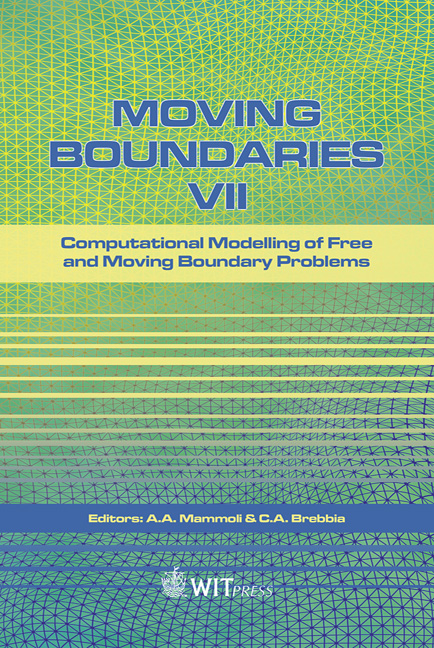A Moving Boundary Model For Fatigue Corrosion Cracking
Price
Free (open access)
Transaction
Volume
36
Pages
10
Published
2003
Size
618 kb
Paper DOI
10.2495/MB030061
Copyright
WIT Press
Author(s)
A. P. Jivkov
Abstract
A moving boundary model for fatigue corrosion cracking A. P. Jivkov Solid Mechanics, Malmo University, Sweden Abstract Fatigue corrosion crack initiation and propagation is modelled as a moving boundary value problem. The model is based on three physical processes operating at the solid-environment interface - material dissolution, passive film formation and surface straining. The dissolution triggers boundary advancement. The rate of boundary advancement depends on the passive film damage caused by the surface straining. Plane edge cracks, nucleating from surface irregularities, are considered. The cracks obtain realistic geometrical shapes where the near-tip region is an integral part of the crack surface. Elastic-perfectly plastic materials are considered and a low-cycle fatigue load is assumed. The problem is solved using a FEM based program and procedures for moving boundary tracking and interior re-meshing. A crucial ingredient of the boundary tracking is the evolved surface re-meshing,
Keywords





